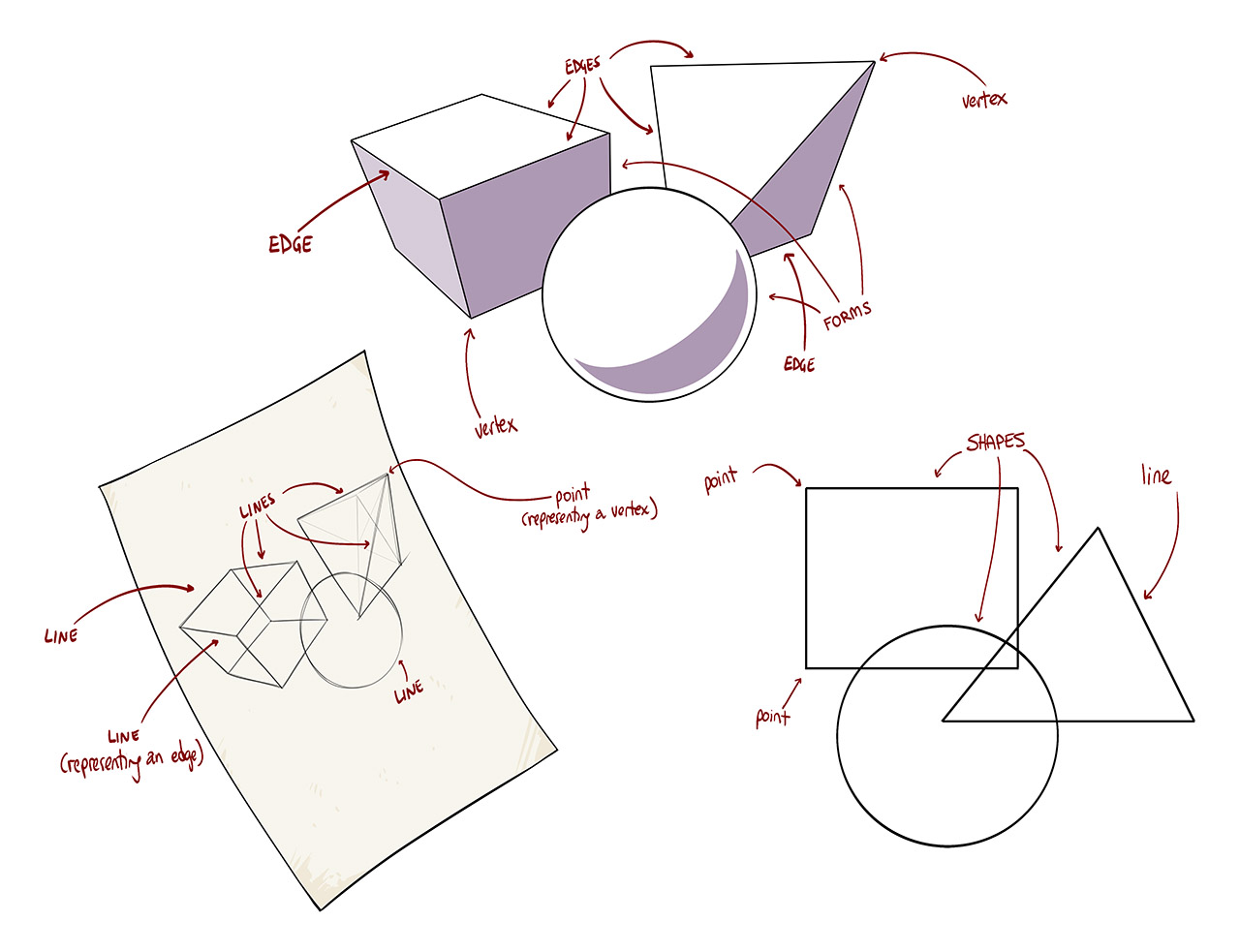******👈🏾 Back
******📚 ***[Study Home](<https://strong-bay-811.notion.site/Learn-with-Me-289963eda7b7417483e88d396890595b>)***
******🏡 ***[Journal Home](<https://strong-bay-811.notion.site/Aham-s-Second-Brain-48759bc8a8804f52aef56cfddfc58fd4>)***
<aside>
📝 “Any mark you decide is worth including in your work, is worth giving the time to be done to the best of your current ability.” - Uncomfortable.
</aside>
<aside>
🏁 Prep Checklist
- [ ] Got Snacks 🍪
- [ ] Got Water 🥤
- [ ] Got your Note 🗒️
- [ ] Timer Running ⏱️
- [ ] Background Music Playing 🎧
Start! 🏁
</aside>
https://studywithme.io/aesthetic-pomodoro-timer
https://flocus.com/retro-anime-clock/
https://open.spotify.com/embed/album/3M8ujVP1QVn6DT3fORDfbi?utm_source=generator
https://open.spotify.com/embed/playlist/3LZH4R3omyVz14FH7bjIi0?utm_source=generator&theme=0
Contents
PART 1
PART II
PART III
Related Books
Untitled
<aside>
🧠 Favorite Tips
- Our arm has three major joints or pivots; the wrist, the elbow and the shoulder. The specific pivot you choose will determine the range of motion you can achieve.
- Moving from the wrist will only allow you to move across a limited distance.
- Moving from the shoulder, will allow you to maintain a straighter, longer trajectory.
</aside>
PART I
Better Line Habits 💪🏾
<aside>
⛳ When you finish this, 👉🏾 Click here first challenge!
</aside>

https://youtu.be/x5Pes5fy-Eo?si=ZzPt6u7B7gasYz01
<aside>
🧠 Favorite Tips
- Drawing confidently is the first step to smooth continuous and unbroken lines. The next is pivoting from your shoulders.
- Map out your lines and shapes in ghost lines as you start your sketch to help you envision the outcome better and boost your confidences at getting it!
- Draw from your shoulders and your elbow, not your wrist. This will improve your posture, make your sketches looser and more fluid.
- Resist the temptation to aim for perfection! Don’t draw slow lines - they are stiff and insecure. You are not!
</aside>
Warming up with shapes - Eclipse, Planes and Funnels🏋🏾
https://youtu.be/tHJ3rzk6kno?si=CiFe93wWhDOiMgq8
https://youtu.be/xiMEIg2fU-g?si=8VuNz1mYuN8NbTbI
<aside>
⛳ 👉🏾 Click here for your second challenge.
</aside>
Into the thick of it - Understanding Perspectives 📦
<aside>
⚠️ This section of the class is rich with information that I cannot accurately box into a favorite tips callout and it’s relevant videos. You have to see it for yourself to understand it. 👉🏾***Click here to learn more.*** I also recommend reading Ernest Norling’s Perspective Made Easy here. It simplifies it perfectly! You only have to get to Ch. 12. Beyond that is Perspective 2 material.
</aside>
The Horizon Line - Longform video
Excellent resource for understanding the horizon line and how it works in different perspective drawings.
Excellent resource for understanding the horizon line and how it works in different perspective drawings.
<aside>
✍🏾 Bits to Recall
- The horizon also called the "eye line" represents the height your eyes are relative to the object you're looking at, no matter where you are
on the ground or above. As it describes your eyeline & tilts with the movement of your head. This line is the first thing we must locate in making a perspective drawing.
- In essence, the horizon/eye line is at the height of where your eyes are; not where you are looking.
- To illustrate this better, imagine yourself wearing a diving helmet and seated in your room making a sketch of the interior. The room is filled with water until it just reaches your eyes. Now then; everything in the room that is under water is "Below the Eye-Level (below where your eyes are)" & everything that is not under water is "Above the Eye-Level (above where your eyes are)." The "High-Water Mark" around the walls and on everything else that it touches in the room is "The Eye-Level". No matter in what direction you look this high-water mark appears to your eye as a straight level line across the objects of the room, (pg. 16-19, Perspective Made Easy)
- To further simplify this, if you can see above the object, your horizon line/eyeline is up. If you can see below it, your horizon line/eyeline is down. If you are looking right at it, with little to no top or bottom views, the horizon line is right in front of you.
- The vanishing point is the place on the horizon where above & below meet. It's not always in the middle of the horizon or strictly at an equal distance on either side of your canvas.
- As the object rotates, it’s corners revolve as well causing the vanishing points to change their position on the horizon line.
- Likewise, as our position or focus shifts, it causes an equal re-arrangement of the vanishing points to match our new perspective.
- Need More Help understanding this?
Click here for more on understanding the horizon line and how it affects perspectives
</aside>
<aside>
⛳ Click here for your third challenge. P.S. The rotated boxes really pushed me out of my comfort zone 😮💨. They might do the same for you!
</aside>

Source: Draw A Box - Lesson 1/6 - Boxes: The Basics of Perspective and Projection


